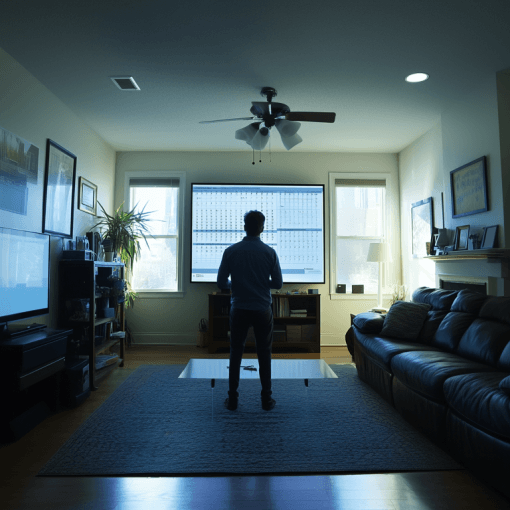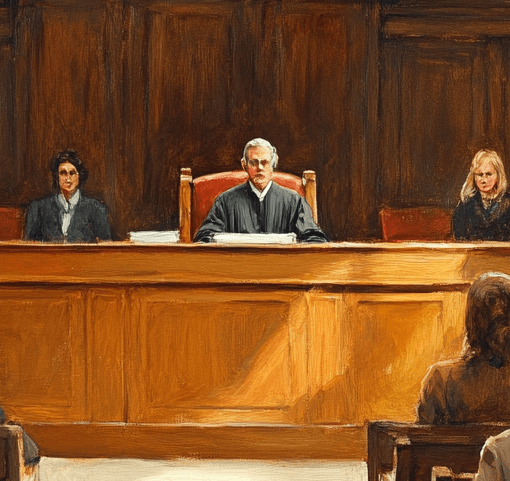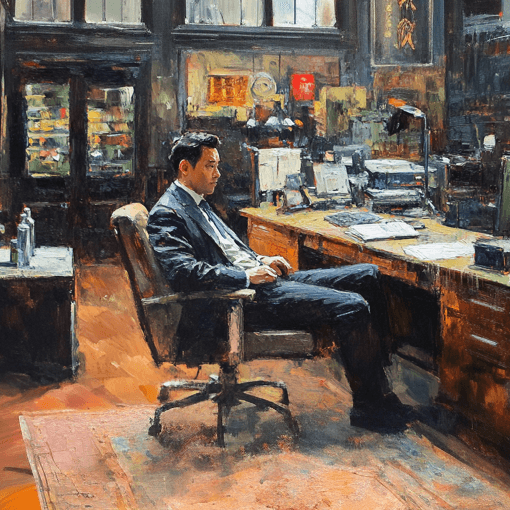Not every lawsuit needs a full trial. Ontario’s Rules of Civil Procedure provide several ways to get a court judgment early, sometimes without ever stepping foot in a courtroom.
What if someone sues you but you don’t file a defence? What if the case against you is clearly groundless or abusive? What if both sides agree that the court should first decide a key legal issue before going further?
In this blog, we’ll look at four special procedures that can lead to a judgment before trial. These tools can save time, costs, and stress, but only if you understand how and when to use them.
What happens if you get sued and don’t respond?
In Ontario civil litigation, when a defendant fails to defend a claim, the plaintiff can ask the court to proceed by default. This means the defendant is “noted in default,” and all the allegations in the Statement of Claim are treated as if they were admitted to be true.
When Does Default Happen?
A party may be noted in default when:
- No Statement of Defence has been filed on time;
- The Defence has been struck out by court order;
- The defendant is under a legal disability (e.g., a minor or incapable adult) and hasn’t appointed a litigation guardian;
- A defence is filed late without leave of the court1.
What Does “Noted in Default” Mean?
Once a defendant is noted in default, they lose the right to participate in the proceeding, including filing motions or delivering evidence, unless they first obtain leave of the court. Legally, they are deemed to have admitted the plaintiff’s allegations. In other words, silence is taken as surrender.
Can It Be Reversed?
Yes. A defendant who has been noted in default can bring a motion to set it aside. The court has discretion to grant this request, usually if the defendant has a reasonable excuse for missing the deadline and shows a real intention to defend the case moving forward. That said, the court will often impose terms, such as costs payable to the plaintiff, to balance fairness and discourage delay.
What About Default Judgment?
If no defence is filed, the plaintiff can ask the court for a default judgment. Depending on the type of claim, this can be obtained with or without a court hearing. Even if a defendant later succeeds in setting aside the noting of default, the court will rarely undo the entire benefit gained by the plaintiff, especially if the delay caused unnecessary cost or inconvenience. This is because judges are mindful of fairness but also conscious of efficiency. If the defendant has carelessly wasted the court’s and the plaintiff’s time, they may lose the chance to fully defend the action.
Sometimes, a party believes that a full trial isn’t necessary because the facts are clear and there’s no real legal dispute. That’s when Rule 20 comes in.
A motion for summary judgment allows either the plaintiff or the defendant to ask the court to decide the case early, without a trial, if there’s no genuine issue requiring a trial. Plaintiffs often use it when they believe their claim is obvious. Defendants may bring it when they believe the lawsuit is clearly out of time (e.g., barred by the limitation period).
To succeed under Rule 20, the moving party must show the court that the case can be decided fairly based on written evidence, no need for witnesses or a full hearing. The court can:
- Weigh the evidence
- Assess credibility
- Draw reasonable inferences from the record
In other words, Rule 20 can look like a mini-trial on paper.
This rule was transformed by the landmark case of Hryniak v. Mauldin (SCC, 2014), which emphasized that courts must promote access to justice. Trials are expensive and time-consuming, so when a trial is not truly needed, the court should not hesitate to grant judgment early.
However, courts are cautious about partial summary judgment, they generally prefer motions that will dispose of the entire case.
Rule 21 allows a party to ask the court to decide a specific legal issue early in the case. The goal is not to weigh evidence, but to test whether the lawsuit or defence even makes sense on paper.
For example, Rule 21 is used when:
- A party wants to strike out a pleading because it discloses no reasonable cause of action or defence
- A party argues that the court has no jurisdiction
- The plaintiff or defendant lacks legal capacity
- The claim is scandalous, frivolous, vexatious, or an abuse of process
Unlike Rule 20, no evidence is permitted under Rule 21 (except with leave of the court)2. The judge makes their decision based solely on the pleadings, meaning the legal documents that set out each party’s version of the facts.
Think of Rule 21 as a legal filter. It asks: Even if everything in the statement of claim is true, is there a legal basis for the lawsuit?
Both Rule 20 and Rule 21 aim to get rid of weak cases early, but they work very differently:
| Feature | Rule 20 - Summary Judgment | Rule 21 - Legal Issue Before Trial |
|---|---|---|
| Purpose | To obtain final judgment where there is no genuine issue for trial | To resolve a legal issue or strike out pleadings |
| Use of Evidence | Yes, parties must file affidavits and records | No, only pleadings allowed, unless court grants leave |
| What the Court Can Do | Weigh evidence, assess credibility, draw inferences | Determine legal sufficiency of the pleadings |
| Outcome | Can result in final judgment | May narrow the case or strike out part/all of pleadings |
| Common Pitfall | Bringing a partial summary judgment motion that doesn't resolve the full case | Using Rule 21 where evidence is actually needed (should’ve used Rule 20) |
In short:
- Rule 20 asks: Can the evidence support this claim or defence?
- Rule 21 asks: Even if the facts are true, does the law support this claim or defence?
Choosing the right rule is crucial. Even experienced lawyers have mixed them up, often bringing a Rule 21 motion where a Rule 20 motion was needed. The court won’t fix that mistake for you.
Rule 22 allows two parties to bring a pure question of law before the court for determination, before the rest of the case proceeds. This rule is rarely used and only applies in very limited situations.
The idea behind Rule 22 is this: if both sides agree that a specific legal issue is central to the case, and that issue doesn’t involve any disputed facts, then the court can decide that legal issue in advance. This can save time and legal costs if the decision might make a trial unnecessary.
For example, imagine a case where both sides agree on the facts, but want the court to answer a legal question like:
“Is a law that bans same-sex marriage contrary to section 15 of the Charter?” This is just a hypothetical, in practice, the Charter litigation over same-sex marriage did not use Rule 22.
Now, to actually use Rule 22:
- Both parties must agree on the legal question and present it in writing as a “special case”
- Either party can then bring a motion to have the question heard by the court
- The issue must be purely legal — if factual disputes exist, Rule 22 cannot be used
- Facta (legal briefs) are required to explain the law and persuade the judge
Rule 22 is not used often because parties rarely agree on both the facts and the exact legal question. But when used properly, it can resolve a core issue early and bring clarity to the rest of the litigation.
This blog is for general informational purposes only and does not constitute legal advice. For advice on your specific situation, please consult a licensed lawyer.




